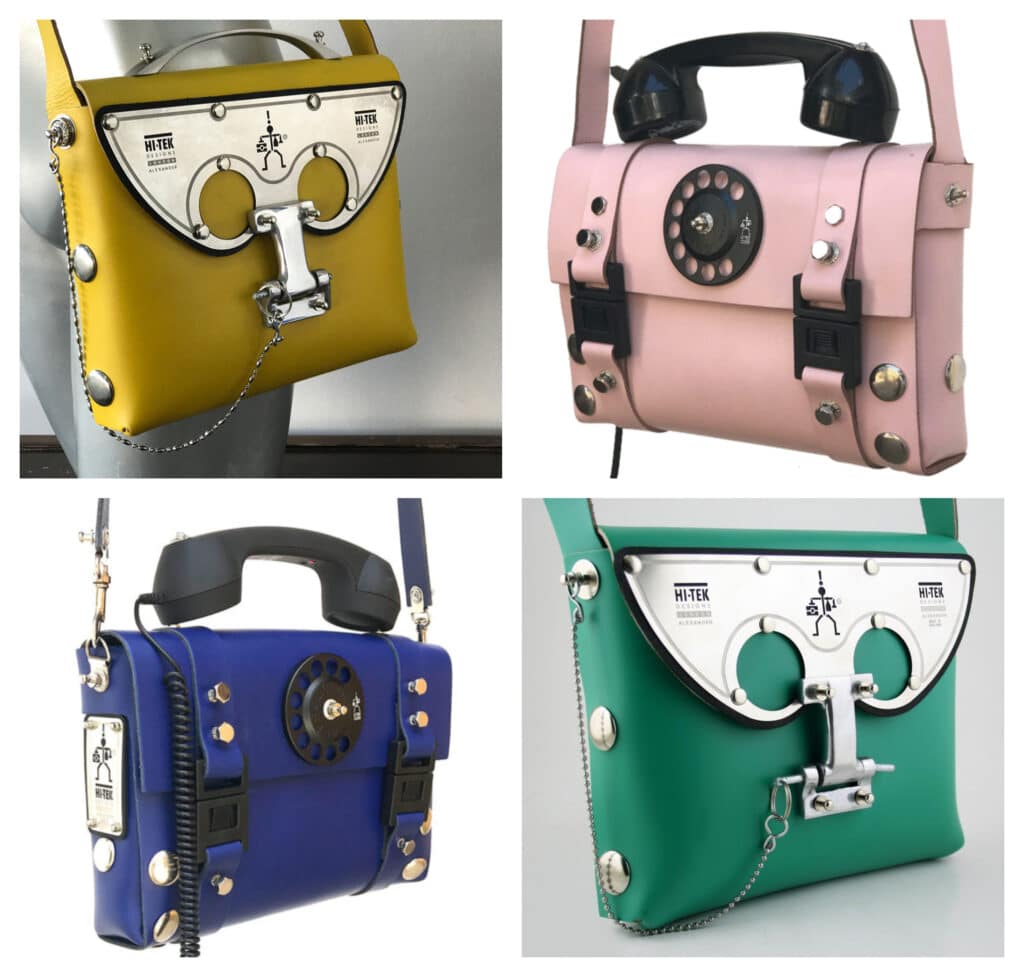From forest conservation to the circular economy
By Martin Clark
At a national, European-wide or international level, environmental policy is usually reactive. It comes about due to an acute problem-generated pressure which can no longer be ignored. Countries like Japan, the US and the United Kingdom were early in setting up environmental institutions that drew attention to severe pollution of the environment back in 1970.
In the early 1980s in the European Union – back then we called it the European Economic Community (EEC) and it was mainly focused on businesses and economics – two models for developing environmental policy were first talked about.
The first was the vertical model: with initiatives originating at international level, and measures being operated from the top downwards. National and local measures had to wait until the EEC adopted binding resolutions. Second was the horizontal model, characterised by trailblazers who do not wait for internationally harmonised measures to come into force. In this model innovations in environmental policy take place from the bottom upwards, originating with individual people or communes or regions, or at national level.
In my opinion, the horizontal model is much better. Europe and the whole world have spent far too long talking about the environment and not developing policy quickly enough. I can immediately think of four examples of trailblazing at a national level.
Germany is generally ahead in implementing environmental improvements, like recycling plastic bottles and reducing fossil fuel use, but for me their unilateral (going it alone) and pioneering role in banning lead from petrol, really hit the mark. The German term ‘bleifrei’ (lead free) is still in common use.
Now, Cyprus is rarely credited with being a ‘trailblazer’ in environmental policy, but this is unfair. I am a forester and was once a joint head of the UK’s National School of Forestry, and I worked since 1997 with the Forestry School in Prodromos (sadly mothballed just now) and the Forestry Department.
I can think of three trailblazing examples from Cyprus. Cyprus was the first country in the world to take timber production off its list of objectives for the national forests. This far-sighted action in the mid-1980s recognised that the forests of Cyprus were much too important for nature conservation, environmental protection, preventing erosion and landscape, to cut them for timber.
In the 1990s Cyprus first took part in the COST action (European Cooperation in Science & Technology) which examined the effect of climate change on forests. COST is a bottom-up initiative with room for trailblazers and Cyprus led the field and took action.
One of these actions, my third example, was groundbreaking work on establishing trees in drought areas, and if you drive from Larnaca to Nicosia, you see the result; the Koshi forest was created in impossibly dry conditions using seeding and carefully engineered terraces in a very droughty area (lying in two ‘rainshadows’ behind the Troodos and Kyrenia mountain ranges). People from other dry countries flocked to Cyprus to witness the success and see how the Cypriots did it.
Trailblazers can be individuals too and I want to talk about a Cypriot one, Alexander Tasou. Better known as ‘Hi Tek Alexander’, he is often called the ‘father of Steampunk’. He is an environmental champion because from the early 1980s, he used waste material from a friend who repaired motorbikes, to create his first (now priceless) clothes and accessories. As mobile phones took over, he used thousands of redundant telephones to create his (now much prized) ‘telephone bags’ with the receiver as the handle.
Alexander’s timeless designs, which can be worn by either gender, always make a statement, look ahead of their time and are edgy. They integrate the past with the distant future and have wonderful environmental credentials. His clients included Lady Gaga, Michael Jackson and Toni Braxton plus many film makers, especially in the science fiction genre. What Alexander did was use other people’s waste streams to make innovative products; nowadays we call it the ‘circular economy’ and it’s a cornerstone of European policy and part of the European Green Deal.
Cyprus should be very proud of its trailblazers, whether it’s the Forestry Department, Forestry College, high in the Troodos mountains or innovators in fashion and design like ‘Hi Tek Alexander’. They should be recognised and celebrated. For Alexander, we will be doing just that, with an environmentally aware fashion and design celebration at the Mola Cultural Factory (Old Olive Mill) in Pano Lefkara on May 1. Come along and be amazed.
Martin Clark (a professional forester and land manager) is director of Grampus Heritage & Training, the UK’s most successful EU wide vocational training organisation, with 28 years’ experience









Click here to change your cookie preferences